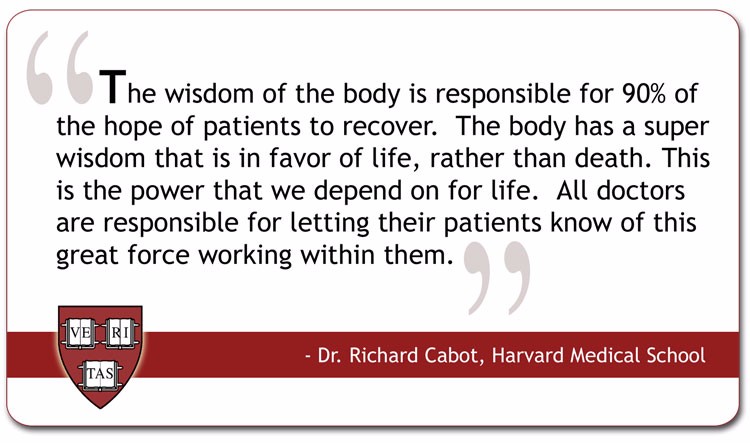Tone as a Health Concept: An Analysis
Tone as a Health Concept: An Analysis
SOURCE: Complement Ther Clin Pract. 2017 (Nov); 29: 27–34
Donald McDowall, Elizabeth Emmanuel, Sandra Grace, Marilyn Chaseling
School of Health and Human Sciences,
Gold Coast, Southern Cross University,
Lismore, NSW, Australia
STUDY DESIGN: Concept analysis.
INTRODUCTION: This paper is a report on the analysis of the concept of tone in chiropractic.
PURPOSE: The purpose of this paper is to clarify the concept of tone as originally understood by Daniel David Palmer from 1895 to 1914 and to monitor its evolution over time.
METHODS: Data was sourced from Palmer’s original work, published between 1895 and 1914. A literature search from 1980 to 2016 was also performed on the online databases CINHAL, PubMed and Scopus with key terms including ‘tone’, ‘chiropractic’, ‘Palmer’, ‘vitalism’, ‘health’, ‘homeostasis’, ‘holism’ and ‘wellness’. Finally hand-searches were conducted through chiropractic books and professional literature from 1906 to 1980 for any references to ‘tone’. Rodgers’ evolutionary method of analysis was used to categorise the data in relation to the surrogates, attributes, references, antecedents and consequences of tone.
RESULTS: A total of 49 references were found: five from publications by Palmer; three from the database searches, and; the remaining 41 from professional books, trade journals and websites.
There are more articles like this @ our:

